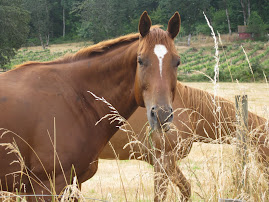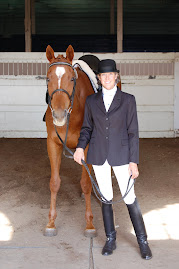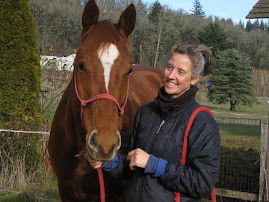So. We have the Semi brothers...(hamstrings)
We have the Quads...(quadriceps)
Now we have the Gluteals...
And the Adductors...
The Gluteals, like ours, are butt muscles.
The Adductors, like ours, are groin muscles.
Now. As I have talked about in my previous post, muscles that are used correctly, work correctly....And these muscles are no different.
Even though horses have a lot of muscles (700ish), I chose to concentrate on these muscles of the hindquarters because they are the most familiar and since we have them, too, they make the most sense.
The Gluteals (Gluteas medius)sit above the pelvis and attach into the lumbar spine area with the gluteal tongue.
The Adductors (Pectineus, adductor, gracilis, satorius) sit inside the pelvis and attach in places along the femur, tibia, and patella.
Then there is the Bicep Femoris which is like a "go between." It starts on the sacrum and attaches on various places along the femur and the achilles tendon.
So with ALL THESE MUSCLES, we want them to work as a UNIT. The Hamstrings, the Quadriceps, the Gluteals, and the Adductors, and the lonely Biceps Femoris...AKA: The Hindquarters.
When a unit works well:
There is balance
There is Range of Motion
Balanced Hindquarters mean that the muscles are of the same strength, and, rather importantly, size. Each muscle group has the same "fitness level" because no one muscle is used more then the others. They, in turn, are proportional to all the other muscles.
Range of Motion in the Hindquarters follows the same line: Each muscle group has the same level of flexibility to extend and flex when the horse is in motion....
The higher the Range of Motion, the better the Balance and, the better the movement! The further a horse can flex and extend CORRECTLY, the more bounce and suppleness in the gait.
If you want to achieve Balance and Range of Motion...can ya guess??? GO FORWARD!!!
Work on your "collection..." but always give the muscles time to stretch out.
Thursday, December 8, 2011
Subscribe to:
Posts (Atom)



